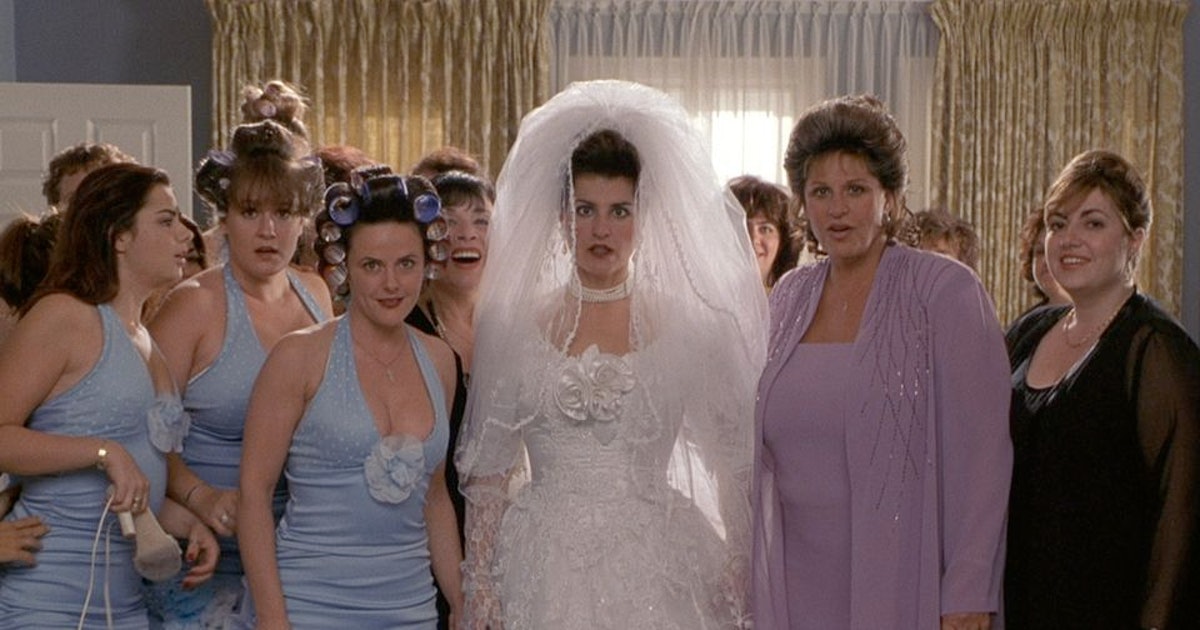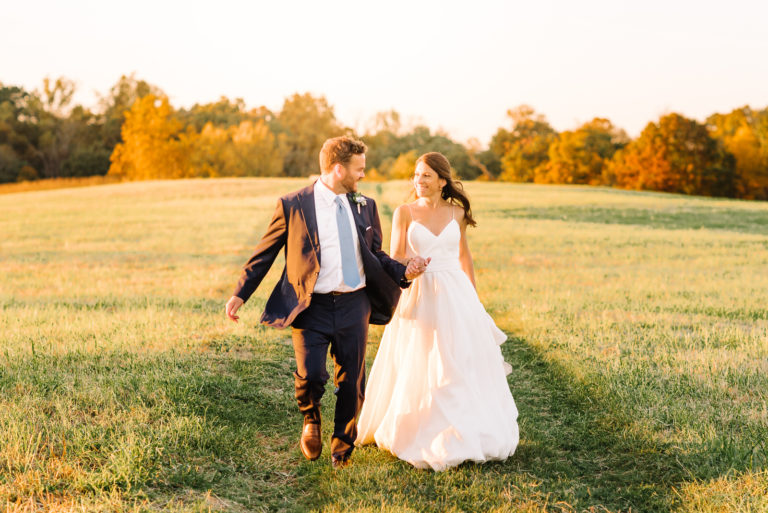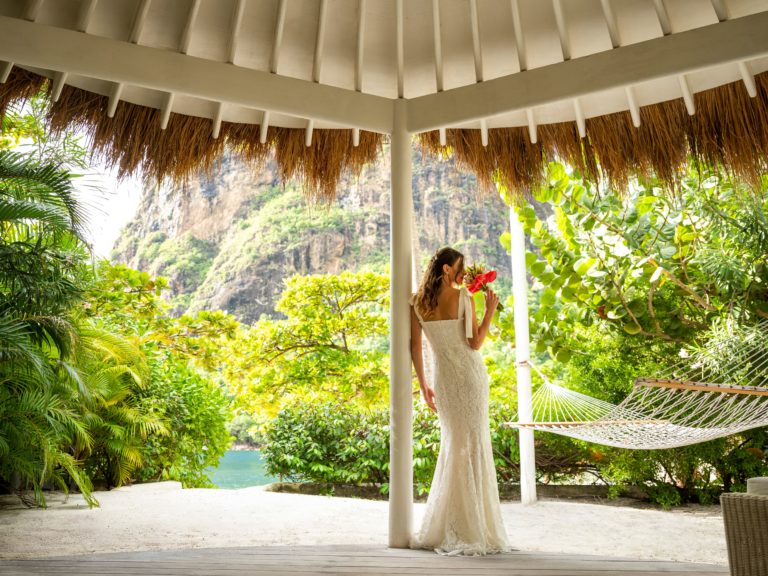
Weddings have been around for a long, long time. The first recorded evidence of a marriage ceremony dates back to 2350 B.C. in Mesopotamia. And the purpose for one back then was to bind a woman to a single man to guarantee that his children were truly his—not super romantic. They eventually evolved into the beautiful, fun, celebratory events we know now and love, but along that journey, it’s not surprising that some of the traditions that we still hold dear have less than pretty origins.

We chatted with the authors of The New Wedding Book: A Guide to Ditching All the Rules, Karen Cleveland and Michelle Bilodeau, to help us get to the bottom of where these traditions started. From bachelor and bachelorette parties to the garter belt toss, we have the origins of five popular wedding traditions…should they stay or should we rethink them?
Bachelor and Bachelorette Parties
Starting in ancient Rome, bachelor parties came first, while bachelorette parties only became a thing in the 1960s—that’s a bit of a gap in time, if you ask us. And the terms “bachelor and bachelorette party” were coined in the early ’80s. “Fast forward to present day—not only has social media taken events that used to be privately celebrated into an exercise on showing off your highlight reel, there is the added hard cost, loss of weekend down time, and OTT-ness to contend with,” TNWB authors say. While we think these parties are fun opportunities to spend time with friends, there should be no pressure to “go big or go home.” If the past year has taught us anything, a bachelorette party should reflect the bride without any outside pressures of impressing others.
Elaine Welteroth had an amazing pre-wedding party/retreat that included massages and yoga in the Dominican Republic. And the trip was more centered around bonding, spirituality, and relaxing—proving there’s no one way to have a bachelorette party.
The Garter Belt Toss
This tradition is definitely more misogynistic in origin…and we think people are catching on because we don’t see a lot of garter belt tosses anymore. “Not only does the garter toss, in which all the single dudes at your wedding fight over a piece of lingerie, feel gross, it’s origins are even icki-er,” Cleveland and Bilodeau say. “The garter toss is an evolution of the ‘fingering the stocking’ idea, where, back in medieval England, people were obsessed with confirming that the couple consummated their marriage, so they would literally break into the couple’s bedroom to confirm the bride had in fact lost her virginity. Yes, that uneasy feeling you’re experiencing is normal, because fingering the stocking and tossing a garter are not.”
Giving Away the Bride
“For some women, walking arm and arm with their father down the aisle is a testament to their loving relationship, which is what it should be about,” Cleveland and Bilodeau begin. “This tradition stems from ensuring the bride went directly from her family to her new husband…and often included a dowry, which was more about a financial transaction than love or romance.”
It’s important to at least know where this idea comes from, but we do think this has evolved into a more sentimental tradition than transactional. We also love the brides and grooms who go down the aisle alone, with both their parents, just with their mother, or even with their fiancé.
The Veil
Dating back to ancient Greek and Roman times, the bridal veil has many meanings. It was used to hide the bride from “evil spirits” and hide the bride’s face from the groom. “While a diaphanous veil seems romantic, it was actually a way for the Romans to conceal the bride’s face from her groom in case the groom didn’t like what he saw and wanted to back out of the whole thing entirely,” Cleveland and Bilodeau say. “For centuries now, they have gone on to symbolize purity, innocence, and virtue,” which are all Bridgerton-esque terms for virginity.
Today, veils don’t have to cover a bride’s face…they don’t even have to be worn. We’ve seen headpieces, flower crowns, voilettes, and more take the place of veils. And while we love cathedral-length lace veils, it’s definitely more of a reflection of the bride’s fashion choices than her modesty.
Wearing White
While there are murmurs of the bright shade being worn by brides to symbolize virtue, it was popularized by Queen Victoria in the mid 18th-century. Queen Victoria, who proposed to her fiancé, loved white lace and because she was a literal queen and could afford the highly expensive fabric, she included it in her wedding day look. “Wearing white became trendy AF but also popular amongst the über wealthy because, practically speaking, white is hard to keep clean and is pretty impractical if you think about it,” Cleveland and Bilodeau say.
And there are plenty of brides that have not worn white on their wedding day—think Sarah Jessica Parker, Jessica Biel, Mandy Moore, and Elizabeth Taylor. We also love when brides’ wedding dresses also double as their “something blue.”
Want to know more about the origins of wedding traditions? Check out The New Wedding Book: A Guide to Ditching All the Rules!












